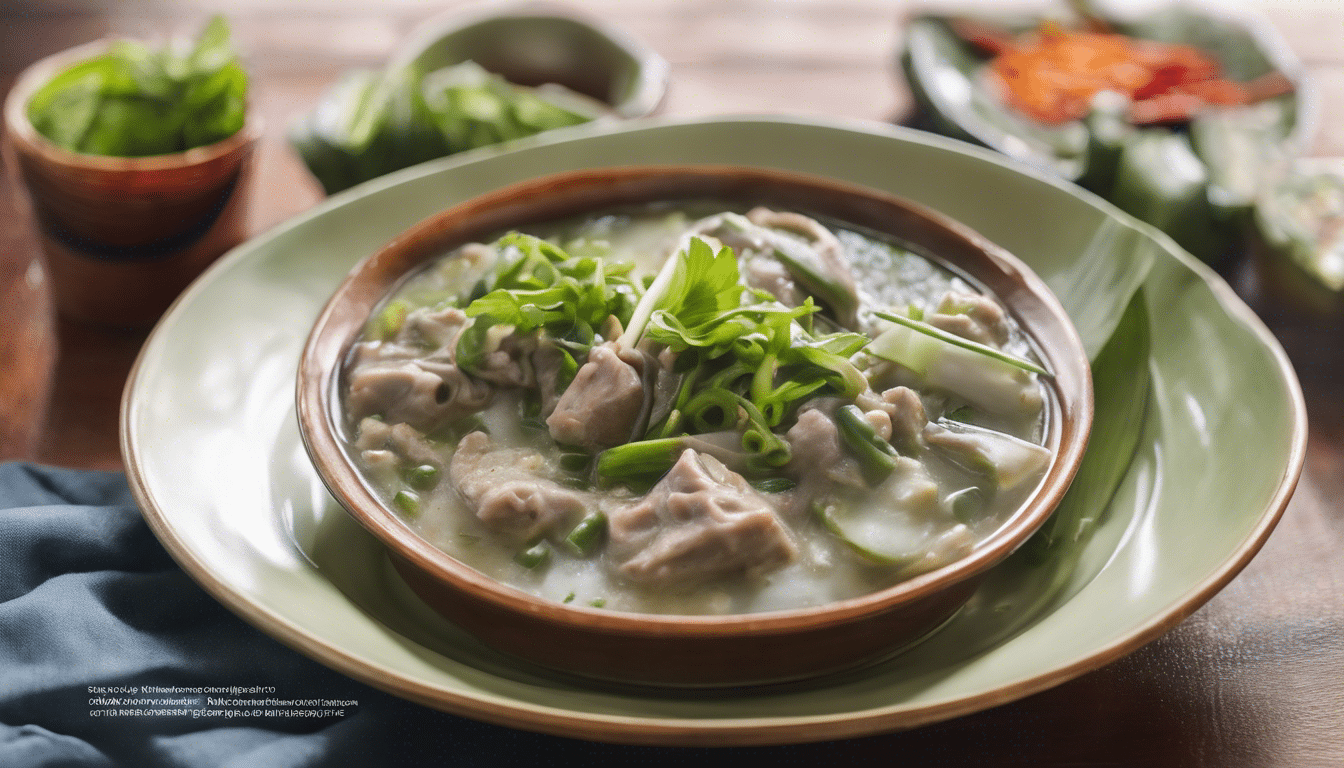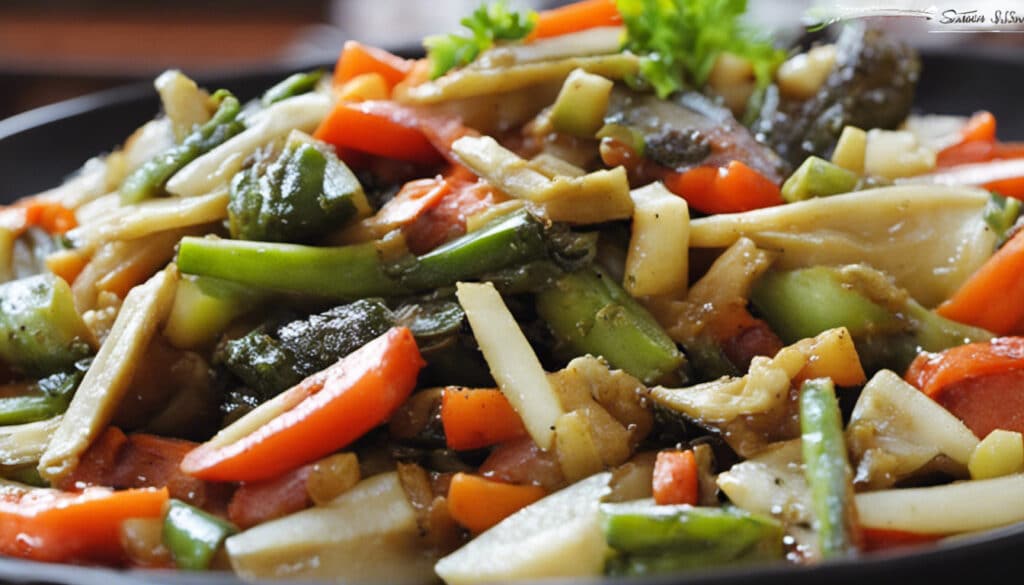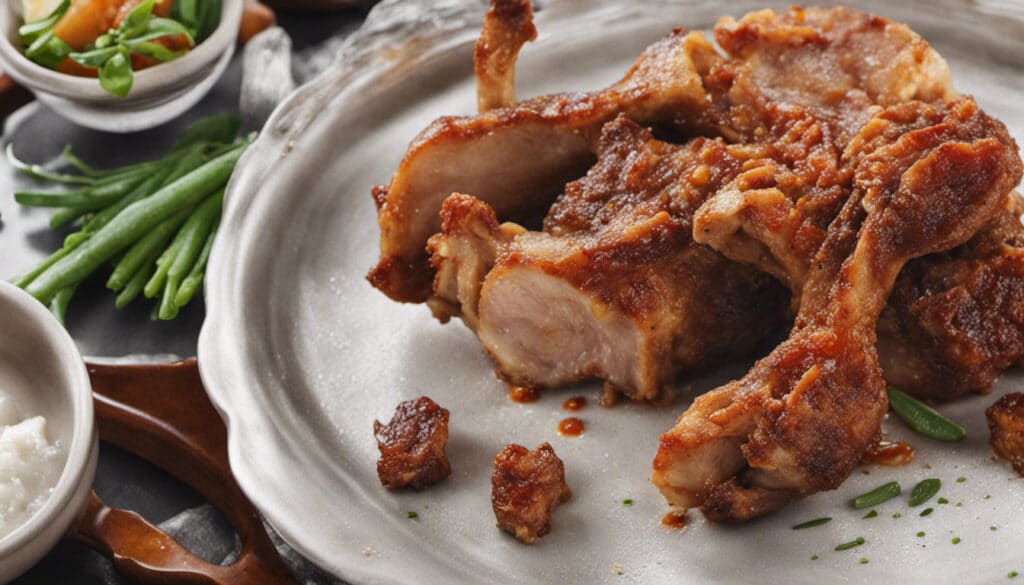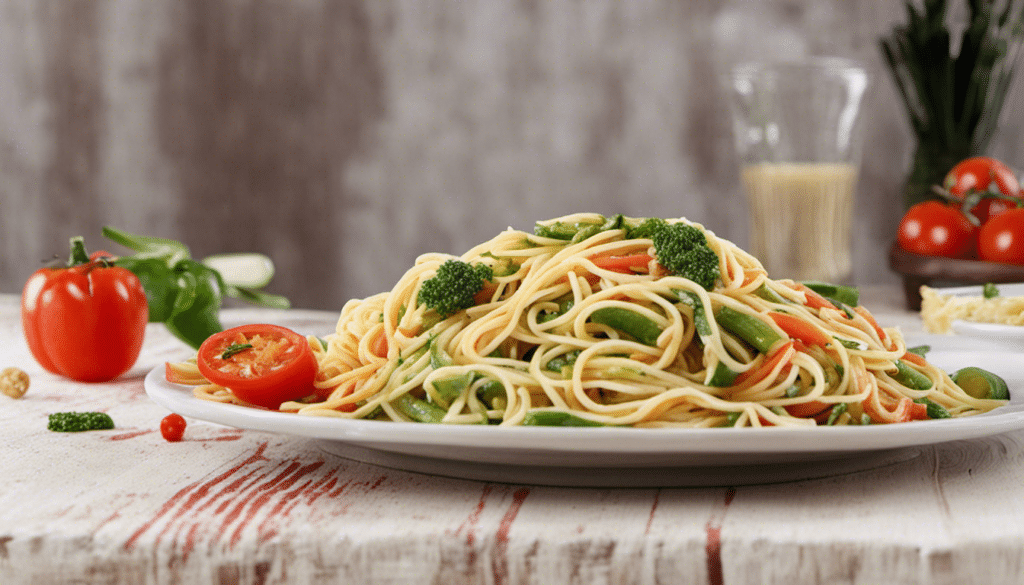| Prep: 15 mins | Cook: 40 mins – 50 mins | Difficulty: Medium | Serves: 6 |
| kcal | fat | saturates | carbs |
| 352 | 16g | 12g | 30g |
| sugars | fibre | protein | salt |
| 18g | 5g | 13g | 0.19g |
Why I Love Filipino Ginataang Monggo
I’ve always held the belief that the kitchen is a space to both explore and respect the vast diversities that exist in our world, a belief that continues to inspire my passion for culinary adventures. One such adventure led me to discover the deliciously rich and satisfying Filipino dessert, Ginataang Monggo.
My Journey With Ginataang Monggo
Having grown up around the comforting warmth of Southern cooking and the vivacious spice of West African dishes, my palette is no stranger to diverse tastes. Ginataang Monggo, however, was refreshingly different and reminiscent of a traditional Nigerian dish called Okpa. Both desserts are wonderfully heartwarming and typically served as a morning meal or a snack. The delightful surprise of my first taste of Ginataang Monggo cemented a place for it in my heart and eventual cookbook.
While no famous chef inspired me directly to try this recipe, I was first introduced by a Filipino friend who, knowing my love for cooking, thought I’d appreciate the blend of flavors. She was right. I soon found myself diving into the world of Filipino cuisine, with a particular interest in Adobo and Kakanin.
A Delectable Fusion of Flavors and Cultures
Ginataang Monggo to me is more than a recipe; it’s an embodiment of the harmonious blend of cultures – a bit like my Afro-Southern roots. The mung beans (“monggo”) simmered in coconut milk and sugar, a mixture of sweet, creamy, and subtly earthy tones, complemented with chewy balls of glutinous rice flour, it’s close to perfection.
Although decidedly different from my traditional Southern or West African dishes, the flavors had a depth and complexity that matched. This is similar to the West African dessert Akara and pairs wonderfully with a refreshing orange iced tea on a sunny day or with steaming hot cocoa during chillier seasons.
My love for Ginataang Monggo stems not just from its delightful culinary profile, but also from what it represents: a celebration of the vast cultural diversities the world has to offer. And I strongly believe every foodie should give it a try. I hope you’ve enjoyed reading about my journey with Ginataang Monggo as much as I enjoyed recollecting it. Here’s to more cross-cultural food explorations!
What You’ll Need
- 1 cup of Mung Beans
- 4 cups of water
- 2 cups of coconut milk
- 3/4 cup of brown sugar
- 1/2 teaspoon of salt
- 1 teaspoon of vanilla extract
- 1 cup of glutinous rice flour
- 1/2 cup of water (for the rice balls)
- 1 can of coconut cream
Method
Step One
Soak the mung beans in 4 cups of water overnight or for at least 8 hours. After soaking, bring the mung beans to a boil in the same water and simmer until tender. Mind to add more water if necessary.
Step Two
Once the mung beans are tender, add the coconut milk, brown sugar, and salt. Mix well and allow it to simmer for 15 minutes.
Step Three
While the mung beans are simmering, start preparing the rice balls. In a mixing bowl, combine the glutinous rice flour with 1/2 cup of water. Mix well until it forms into a dough. From the dough, pinch small bits and shape them into small balls.
Step Four
Slowly drop the rice balls into the simmering pot, making sure not to overcrowd. Let it simmer for another 10-15 minutes or until the rice balls float to the top.
Step Five
Add the vanilla extract and coconut cream, gently stirring the mixture. Allow it to simmer for a few more minutes before removing it from heat.
Step Six
Ladle the ginataang monggo into individual bowls and serve warm. Enjoy!




